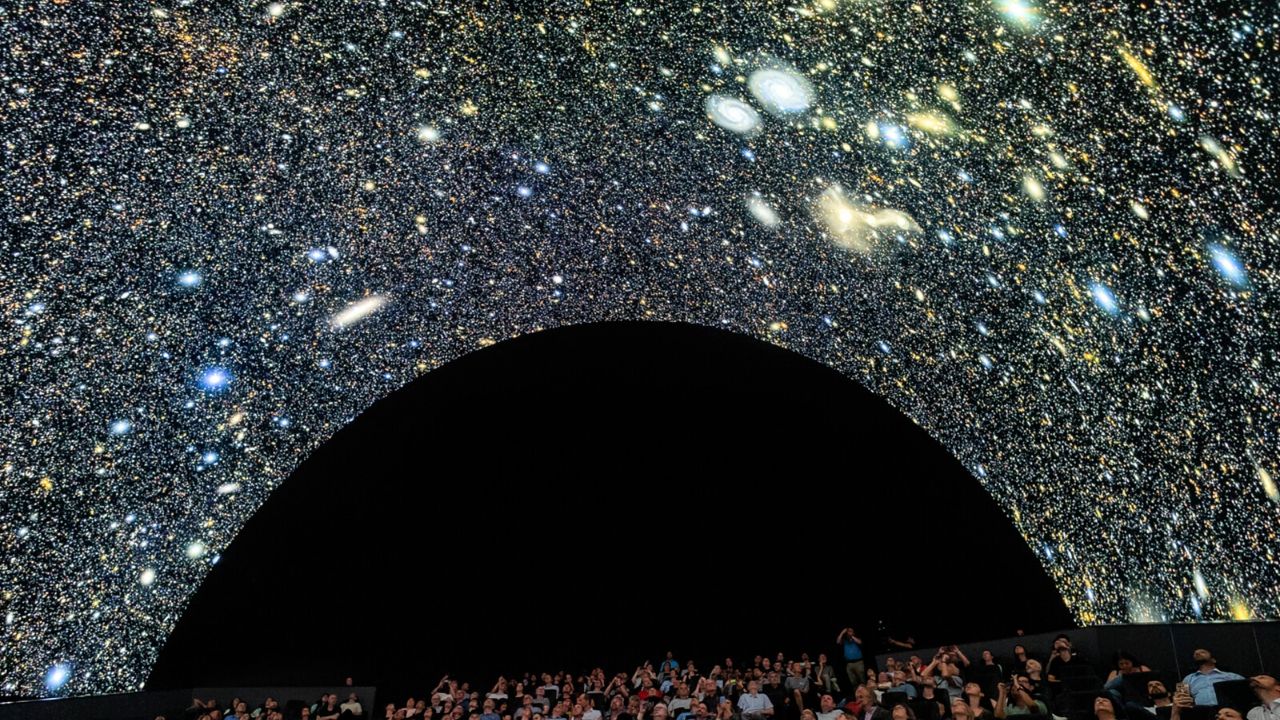On June 23, 2025, planetariums across the globe, including the renowned Prague Planetarium, celebrated the unveiling of the first images captured by the Vera C. Rubin Observatory. This event marked a significant milestone in astronomical imaging, as audiences gathered in planetariums equipped with advanced technology to witness the initial glimpses of deep space as streamed live from Washington D.C.
The atmosphere in the domed theater of the Prague Planetarium was electric. Utilizing a cutting-edge LED display, the venue showcased images that surpassed the clarity typically found in many other planetariums. As the world tuned in, hundreds of institutions eagerly anticipated the powerful observatory’s first revelations about the universe.
Located in Chile, the Vera C. Rubin Observatory features the world’s largest digital camera, a crucial element in its mission. This camera is designed to capture exceptionally detailed images, contributing to the observatory’s primary initiative: the Legacy Survey of Space and Time (LSST). Over the course of ten years, the LSST aims to catalog billions of celestial objects, including stars, galaxies, and supernovae, all while searching for elusive dark matter.
The significance of these images lies not only in their size but also in the richness of detail they provide. The data files generated by the observatory are so extensive that they require a specialized “data butler” for processing. This technology allows for intricate nuances of the universe to be revealed, particularly in immersive settings such as planetariums.
As the first images from the Rubin Observatory were unveiled, audiences were captivated by the breathtaking views of the cosmos. The images, characterized by their clarity and depth, offer a glimpse into the vastness of space and the mysteries it holds. The event not only showcased the technological advancements in astronomy but also highlighted the collaborative spirit of institutions worldwide in the pursuit of knowledge about our universe.
For those interested in learning more about the Vera C. Rubin Observatory and its ambitious mission to explore dark matter, additional information is available through various scientific platforms and publications.
